The Quinault Valley - Land of Giants
The Quinault Valley of the Olympic Peninsula was our last stop visiting the peninsula. Arriving at the Rain Forest Village Resort RV Park, we located an open site. We arrived on the Thursday before Labor Day weekend so we were glad to get a site at this first come, first served RV Park. They do not take reservations. The park is more like a state park campground than the usual commercial RV Park. Upon arrival we were given several brochures detailing local attractions, most of these were related to the trails and trees in the area. On the south side of Lake Quinault where we were there is a web of trails through the forest. Most of the trails are in the Olympic National Forest. Trails are well maintained and marked. Some of the trails have interpretive signs to explain what you are seeing. We hiked many of the shorter trails near the resort during this visit.
One of the surprises for us was the amazing abundance of champion trees in this valley. Champion trees are trees which have been identified by the Forestry Association as the largest tree of a species. For each species a single tree somewhere is designated as the champion tree. In our campground the champion Sitka Spruce was located just east of our campsite. Of all the Sitka spruce trees in the world, this one has been identified as the largest. The criteria involves a formula, Trunk Circumference (inches) + Height (feet) + ¼ Average Crown Spread (feet) = Total Points, which is used to assess the relative status of a tree. The champion Sitka spruce tree is 55.7 feet in circumference and 191 feet tall and is estimated to be over 1000 years old.
Across Lake Quinault on the northern side of the lake stands the champion western red cedar. This tree is a grizzled old tree. It stands 174 feet tall and is 63.5 feet in circumference with a diameter of 19.5 feet. The center of the tree has decayed away leaving it open like a chimney. The top of the tree has been broken off, perhaps more than one time. You can stand in the center of the tree and look up through the trunk to see the sky. Given all this, the tree still has numerous live branches. Getting to this tree is a short 1/2 mile trail up steps and across boardwalks. Standing at the base of this majestic old tree trying to imagine what it has been through and how it survived is a experience in humility. This tree is the largest tree in the state of Washington and other than the redwoods and Sequoias in California this tree is the largest tree in the world.
It is really amazing to find two champion trees of such large size located together. The rest of the story is that there are four more champion trees in the Quinault Valley. Not far from these two giants stands the largest Douglas fir tree in the world. It is located in Quinault Research Natural area and is not accessible to the public. This tree stands 302 feet tall, has a circumference of 40 feet 10 inches and is 13 feet in diameter.
Further up the valley stands the largest yellow cedar tree in the United States. Seven miles up the skyline trail you will find this tree standing 129 feet tall, 37 feet 7 inches in circumference and 11.96 feet in diameter.
The largest western hemlock in the United States is 14 miles up the Enchanted Valley trail. Its height is 172 feet, circumference is 27 feet 11 inches and its diameter is 8.89 feet.
Finally, the champion mountain hemlock is 13 miles up the Enchanted Valley trail. At 152 feet tall and over 6 feet in diameter it is the largest mountain hemlock in the world.
We didn't visit the last four trees but were able to see two very spectacular trees with just a short walk. The trails here are interesting and scenic. If you would like to know more about champion trees check out this web site. There are champion trees all over the US and world. You might be surprised to learn there is one near you. I know that in the Rio Grande Valley of Texas where we winter there are several champion trees. I drive past one of them on my way to the bowling alley where we bowl each Friday during the winter.

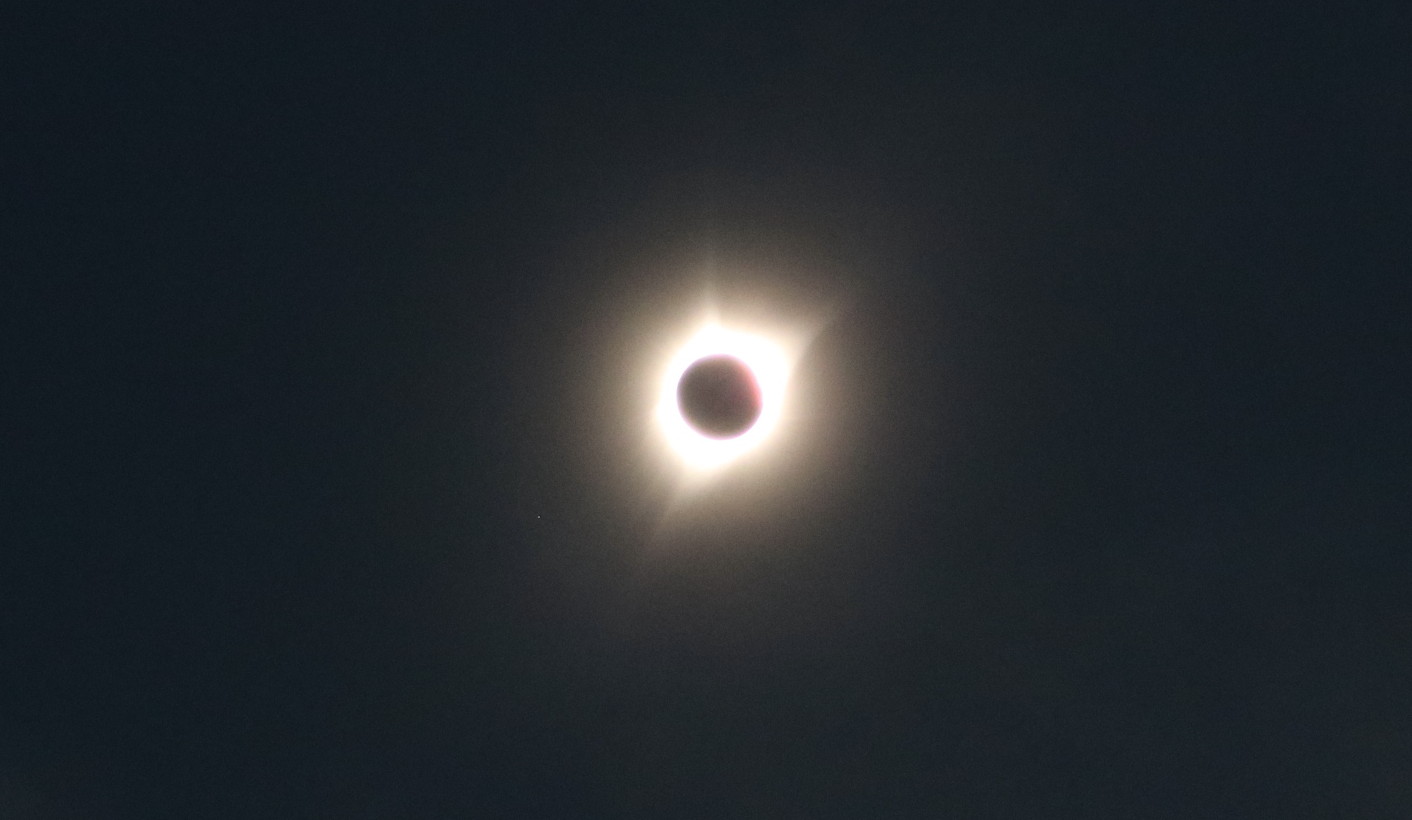

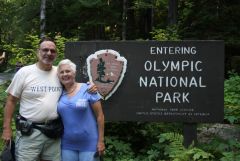
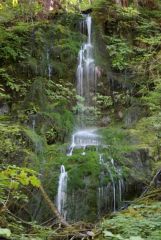
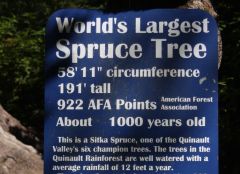

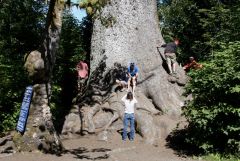
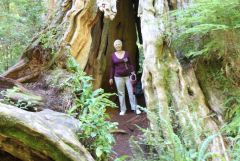

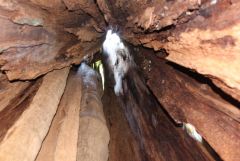
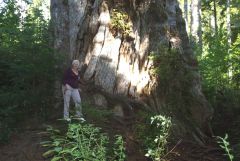
0 Comments
Recommended Comments
There are no comments to display.
Please sign in to comment
You will be able to leave a comment after signing in
Sign In Now